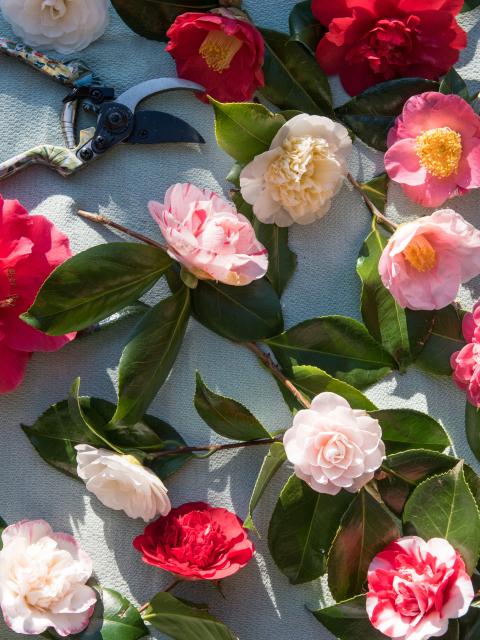Viburnum has many faces. It starts with beautiful dark green leaves and a host of decorative dark pink or white buds. The pale pink or white flowers generally bloom from December until April in a dome shape, and spread a light pleasant fragrance. After flowering the plant develops decorative darker berries, and only then is it time to take a break before Viburnum starts the next cycle again in the autumn.
Strong, beautiful and proud
Viburnum is a member of the moschatel family, which consists of around 150 species of highly decorative shrubs and small trees. The name comes from the Latin ‘viere’, which means to bend or weave. On some species the flowers get so heavy that the stems bend elegantly under the weight, but the name also refers to the baskets that used to be woven with the plant. Viburnum grows in temperate and subtropical regions in the northern hemisphere and depending on the species they grow upwards (up to a height of 2 metres) or sideways. Handy to know: Viburnum is not fully dense as a hedge.
Trivia
• In the language of flowers Viburnum symbolises pride.
• In prehistoric times Viburnum’s long, straight branches were often used for arrow shafts. They were found with Ötzi, the Bronze Age ice mummy.
• In Ukraine Viburnum (kalyna) is a national symbol that represents girls and motherhood, the soul of the nation and love. The branches, flowers and leaves appear everywhere.







